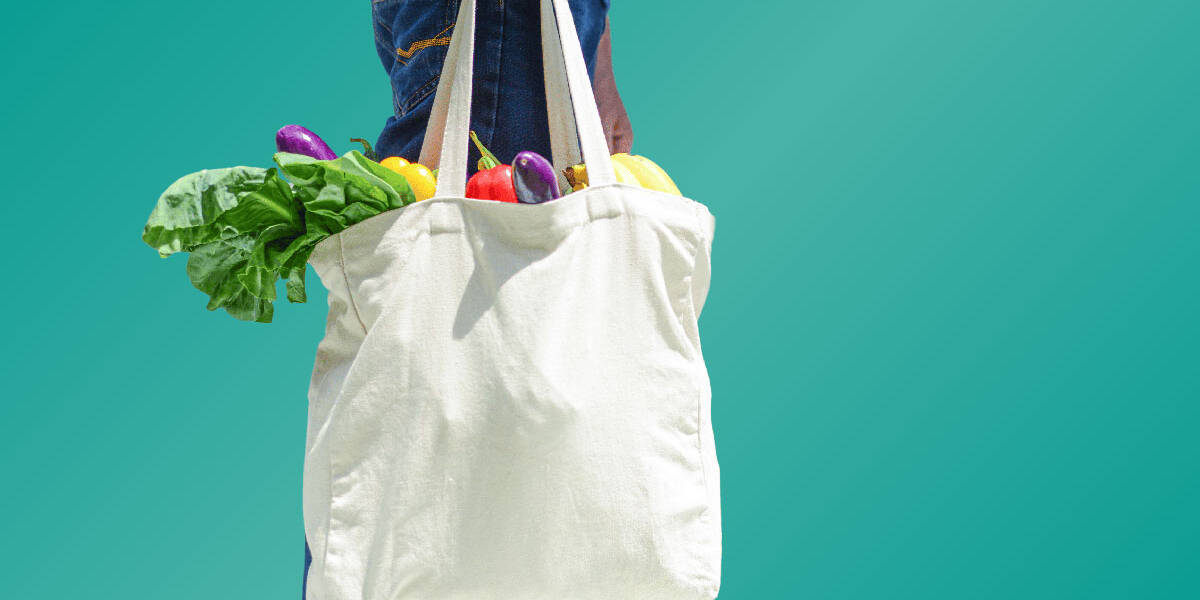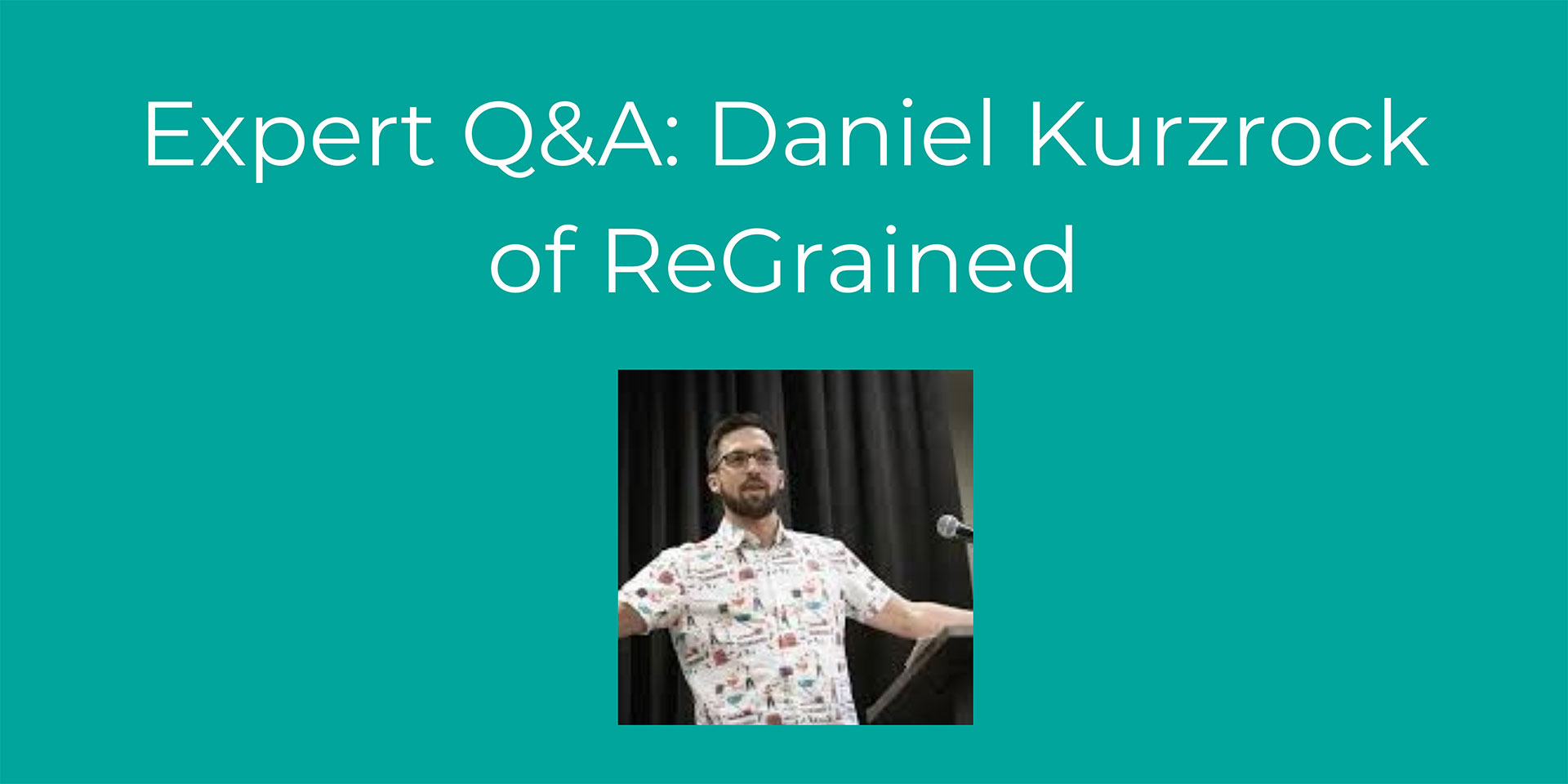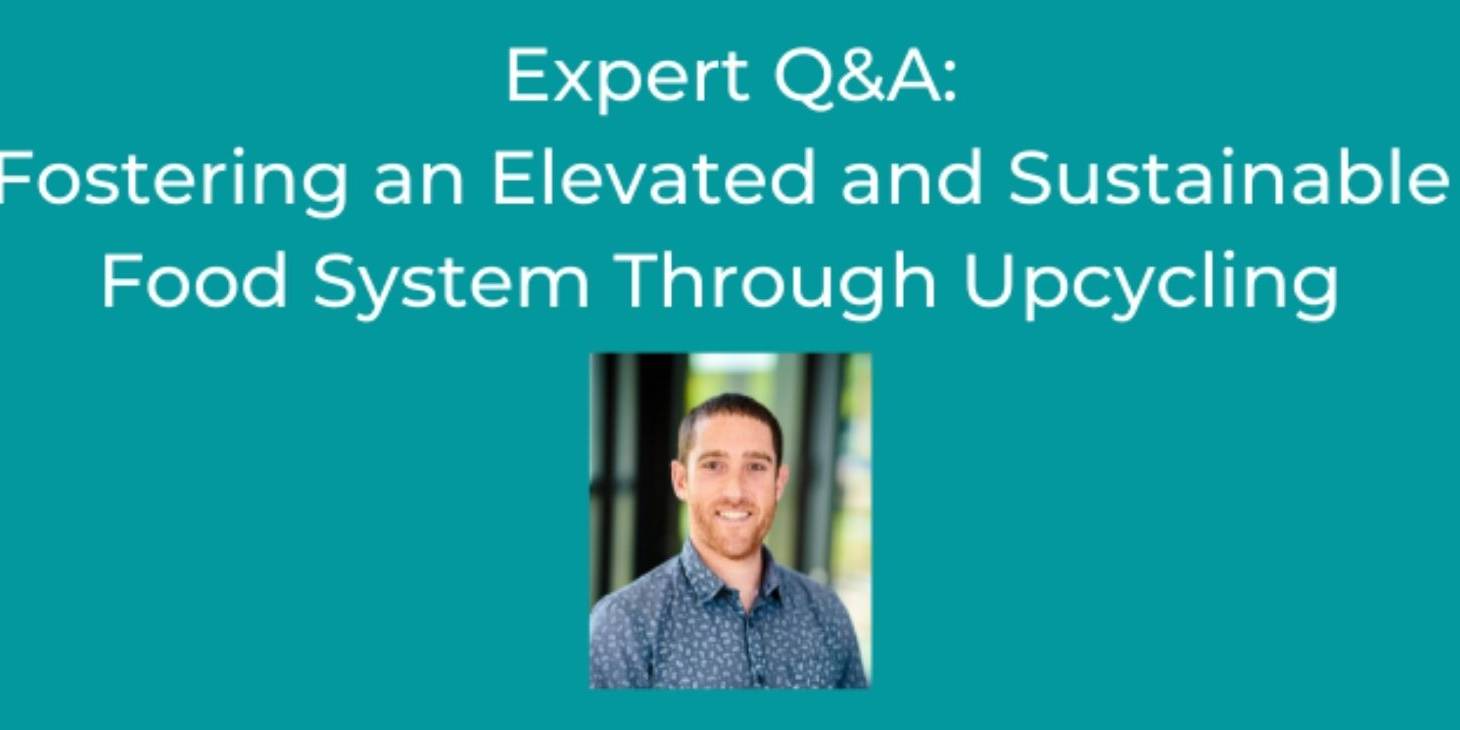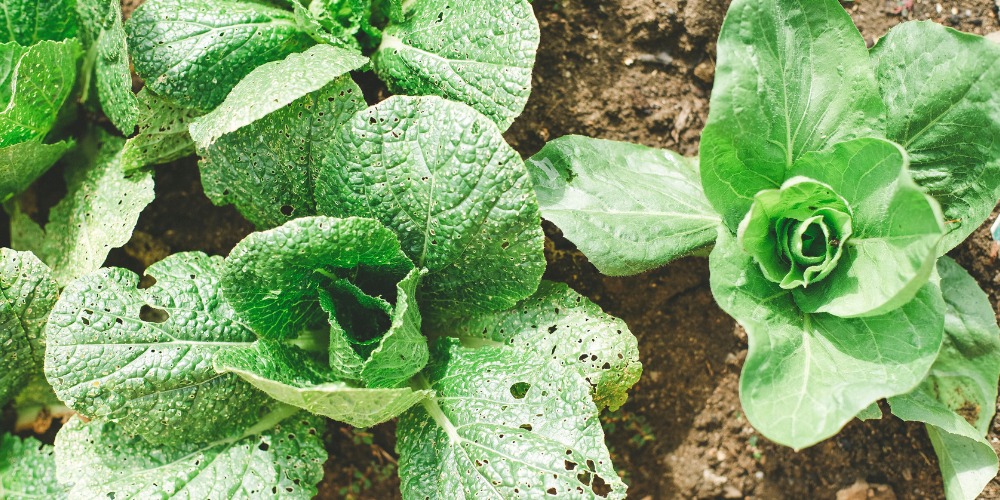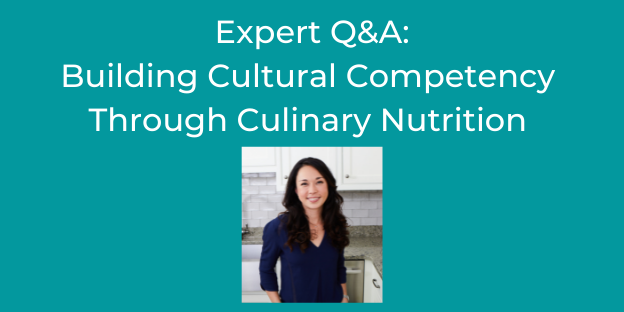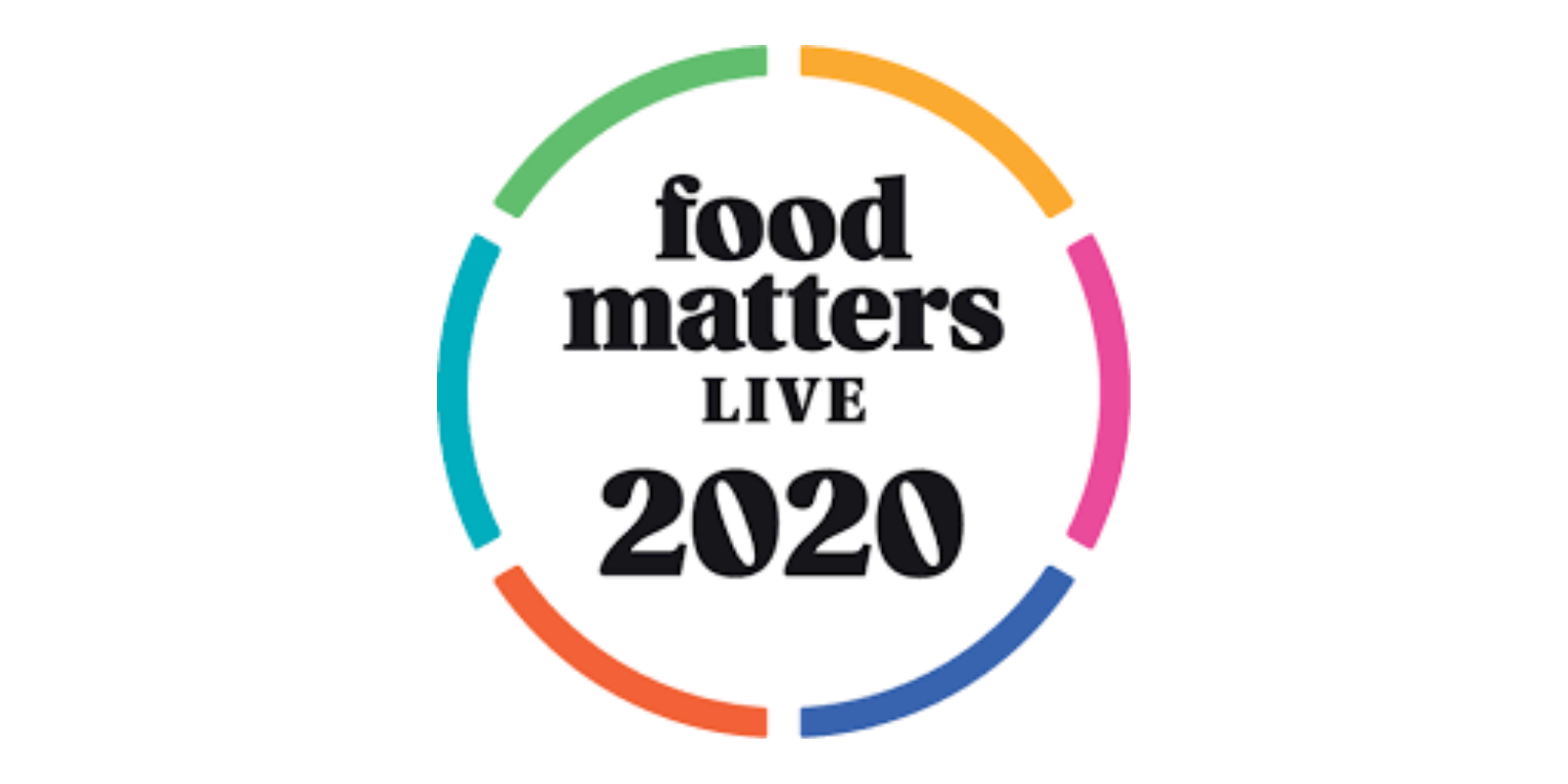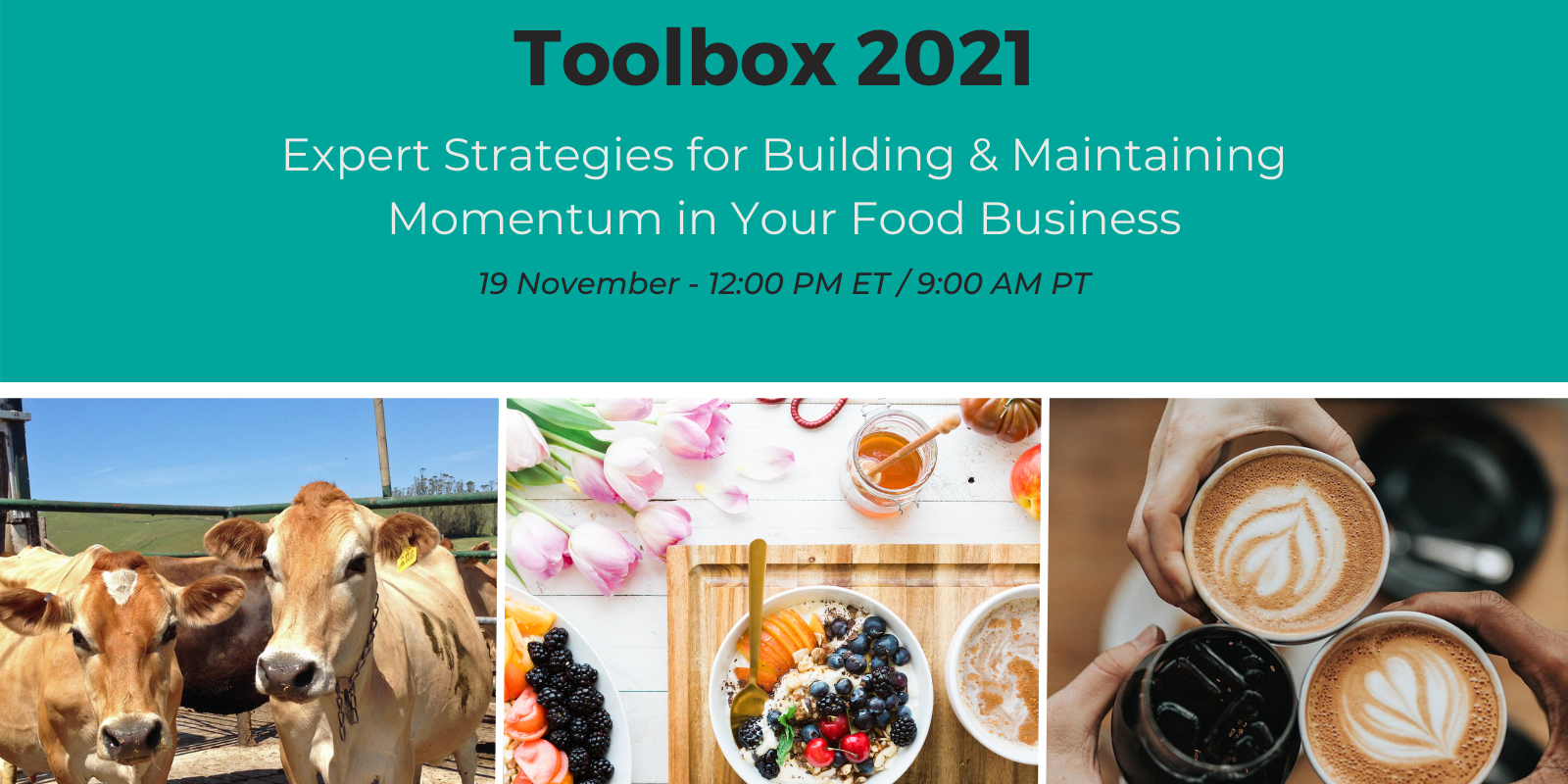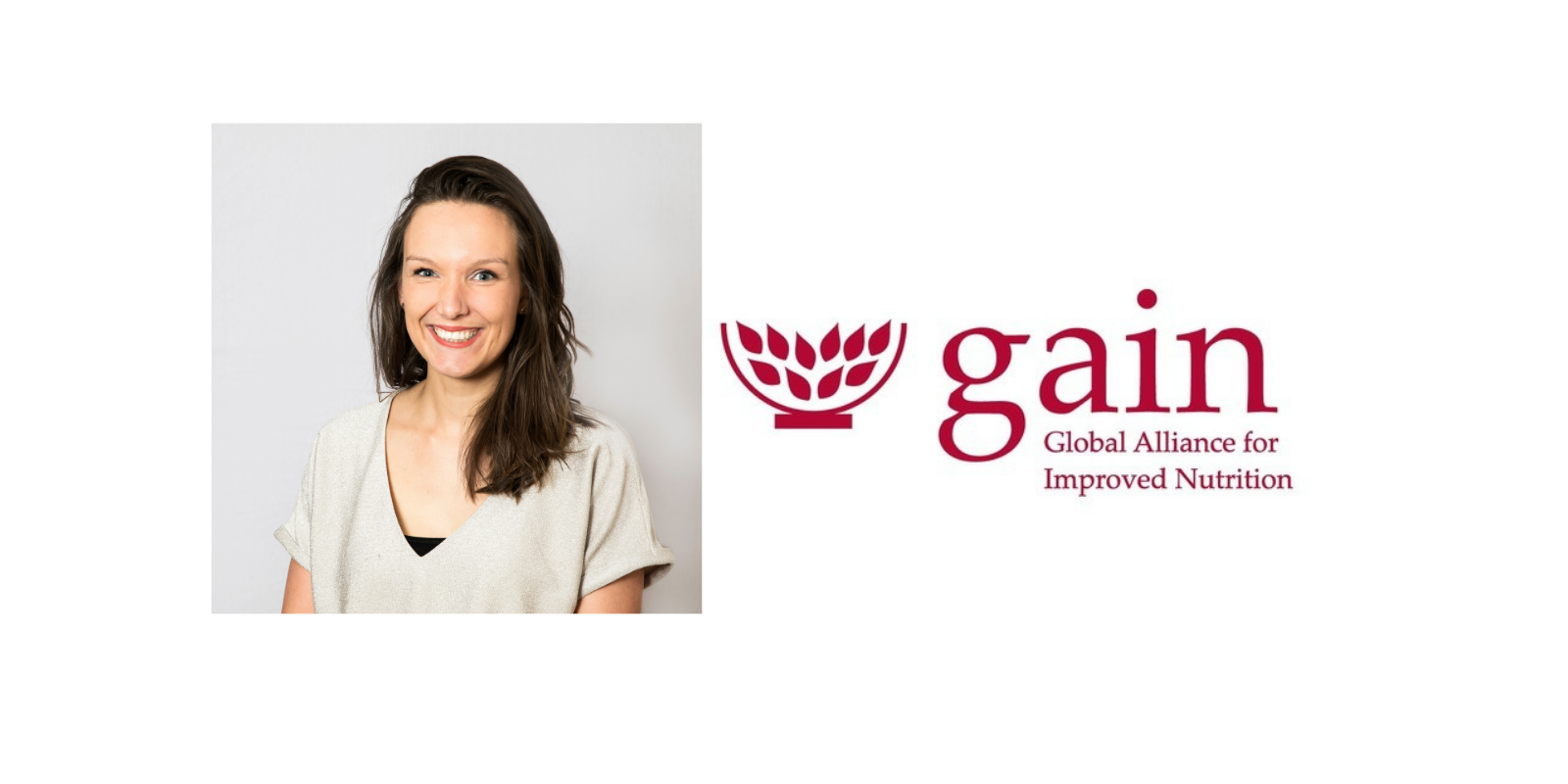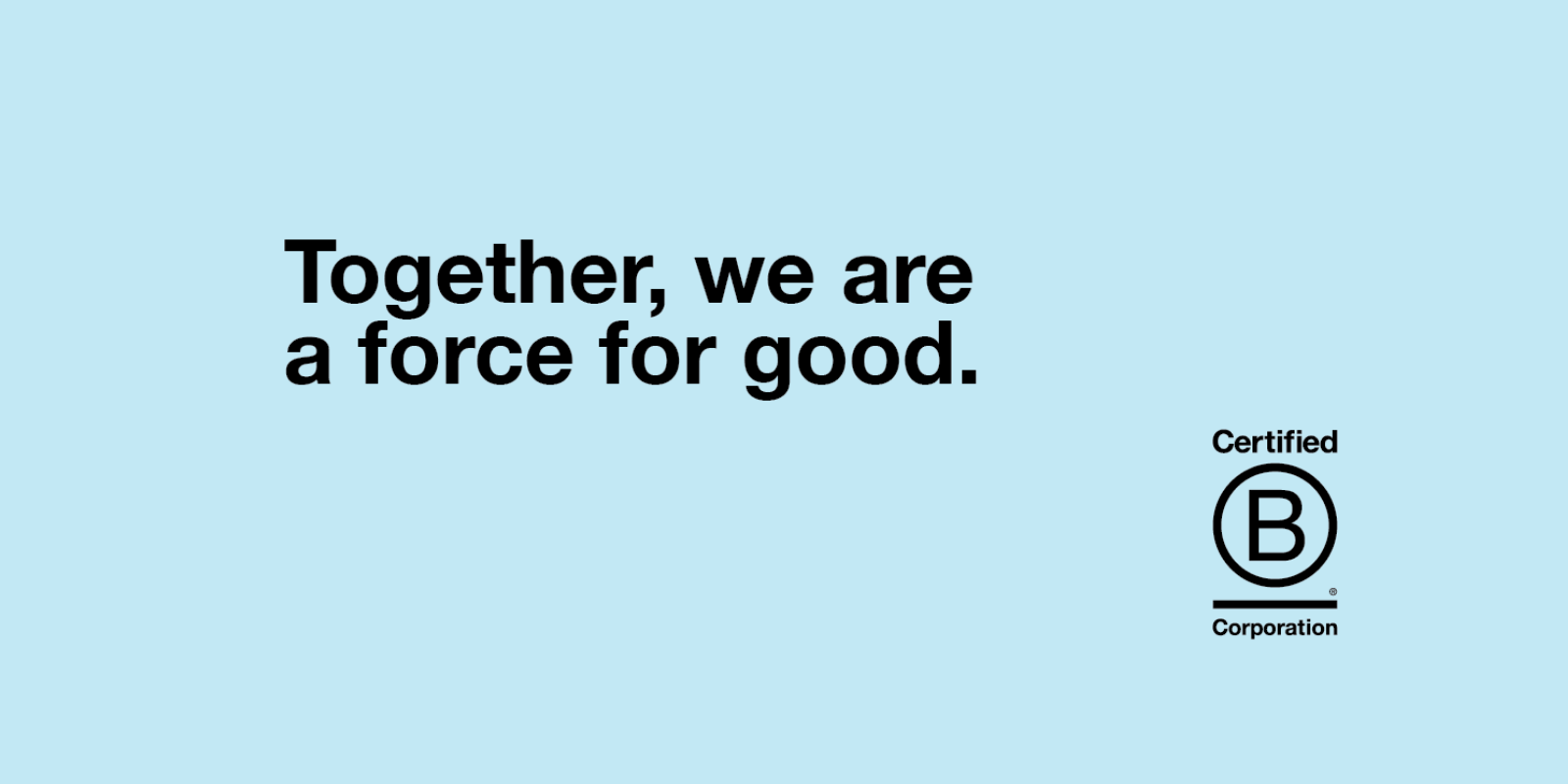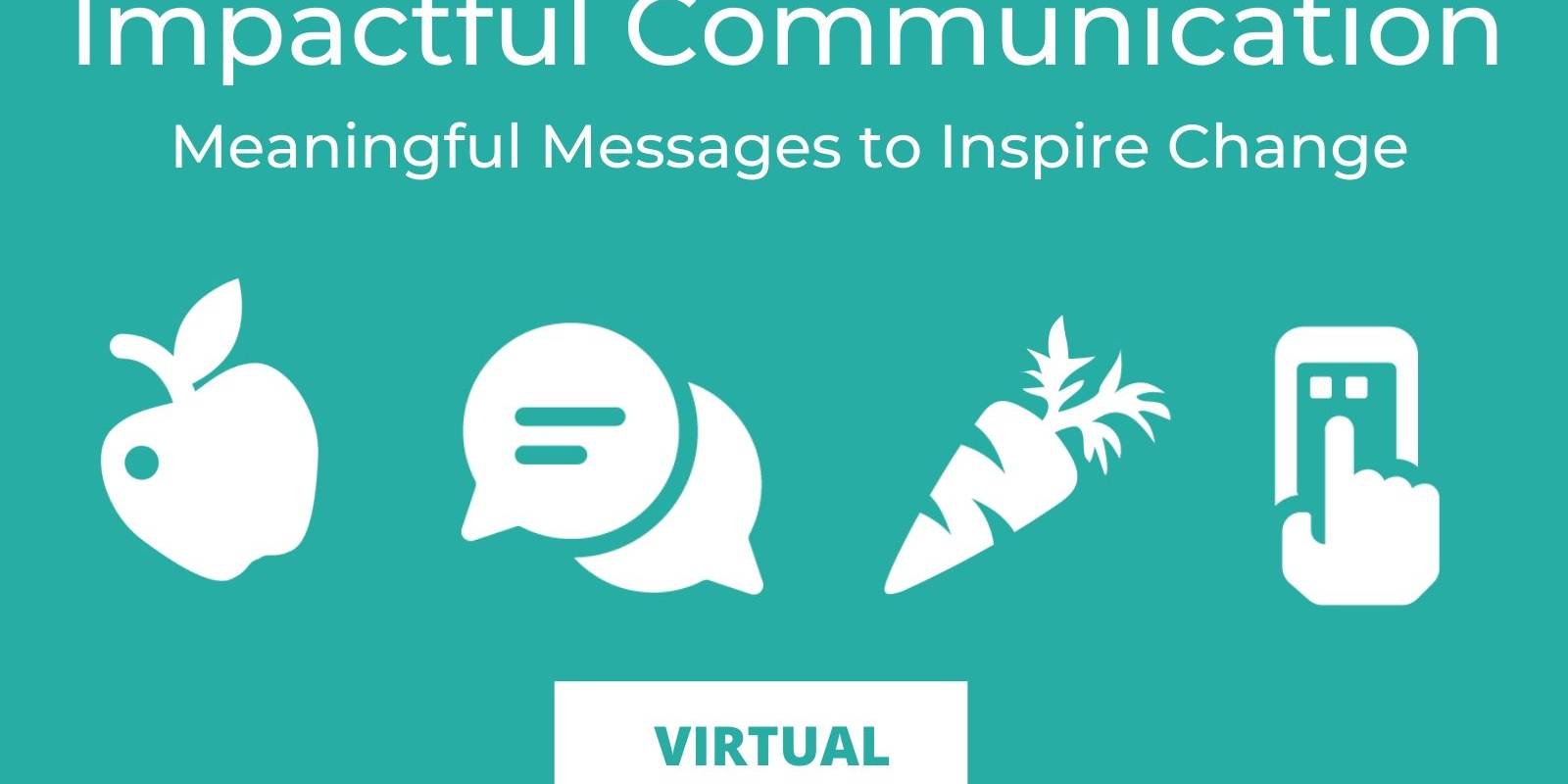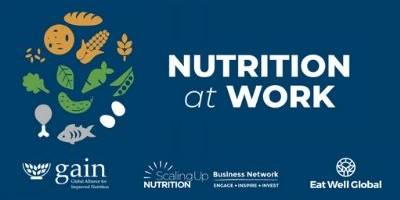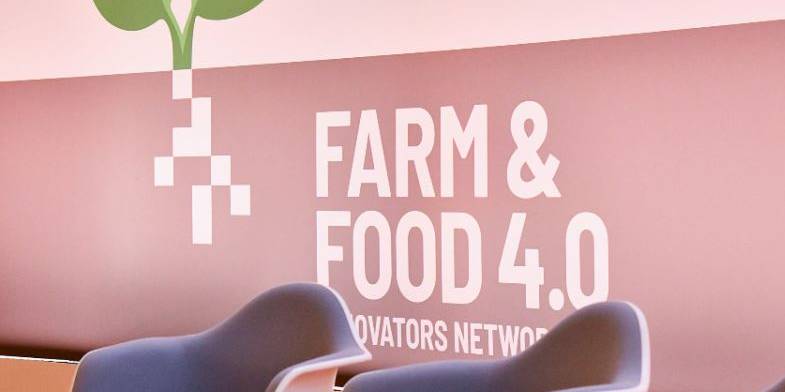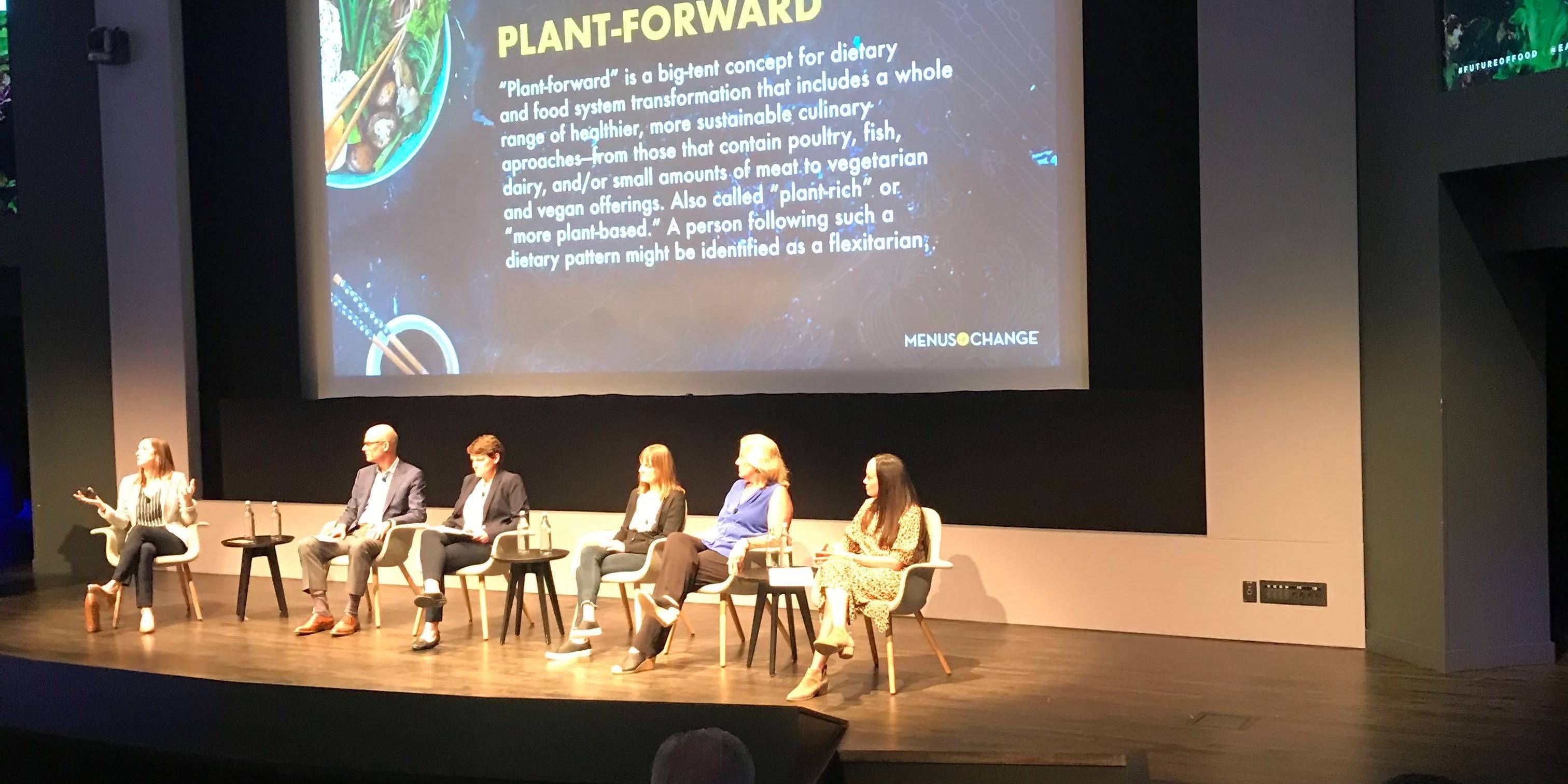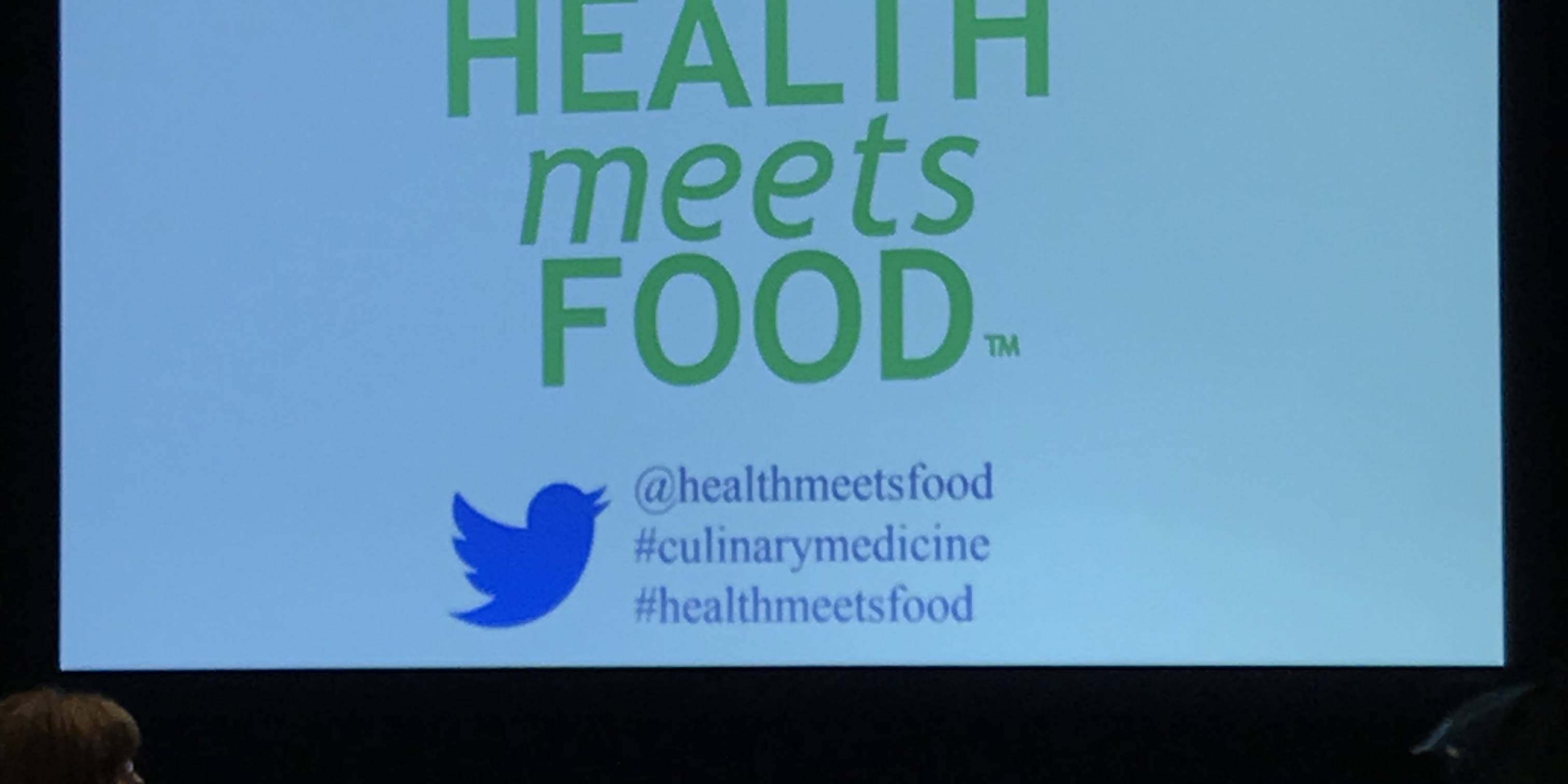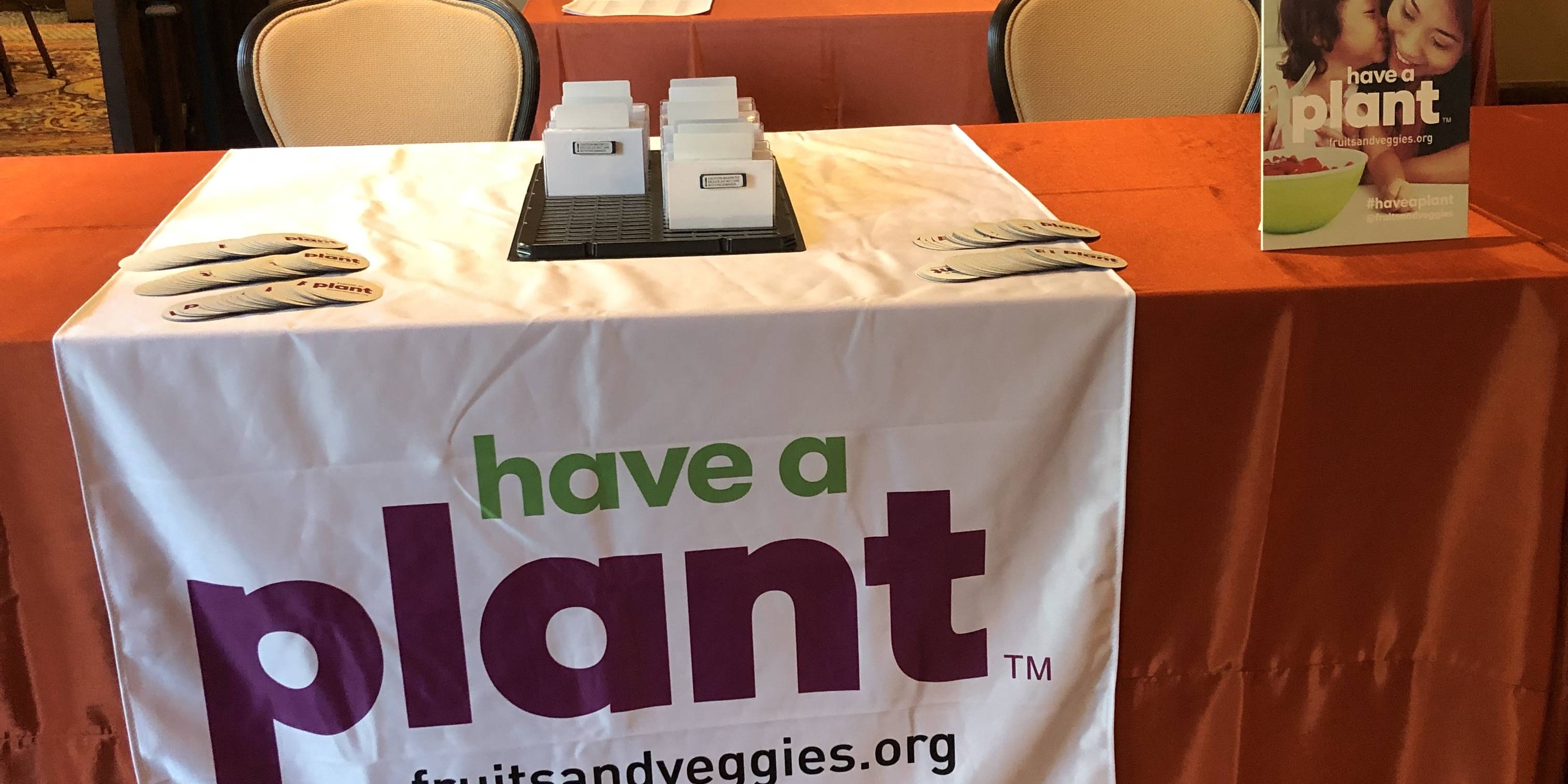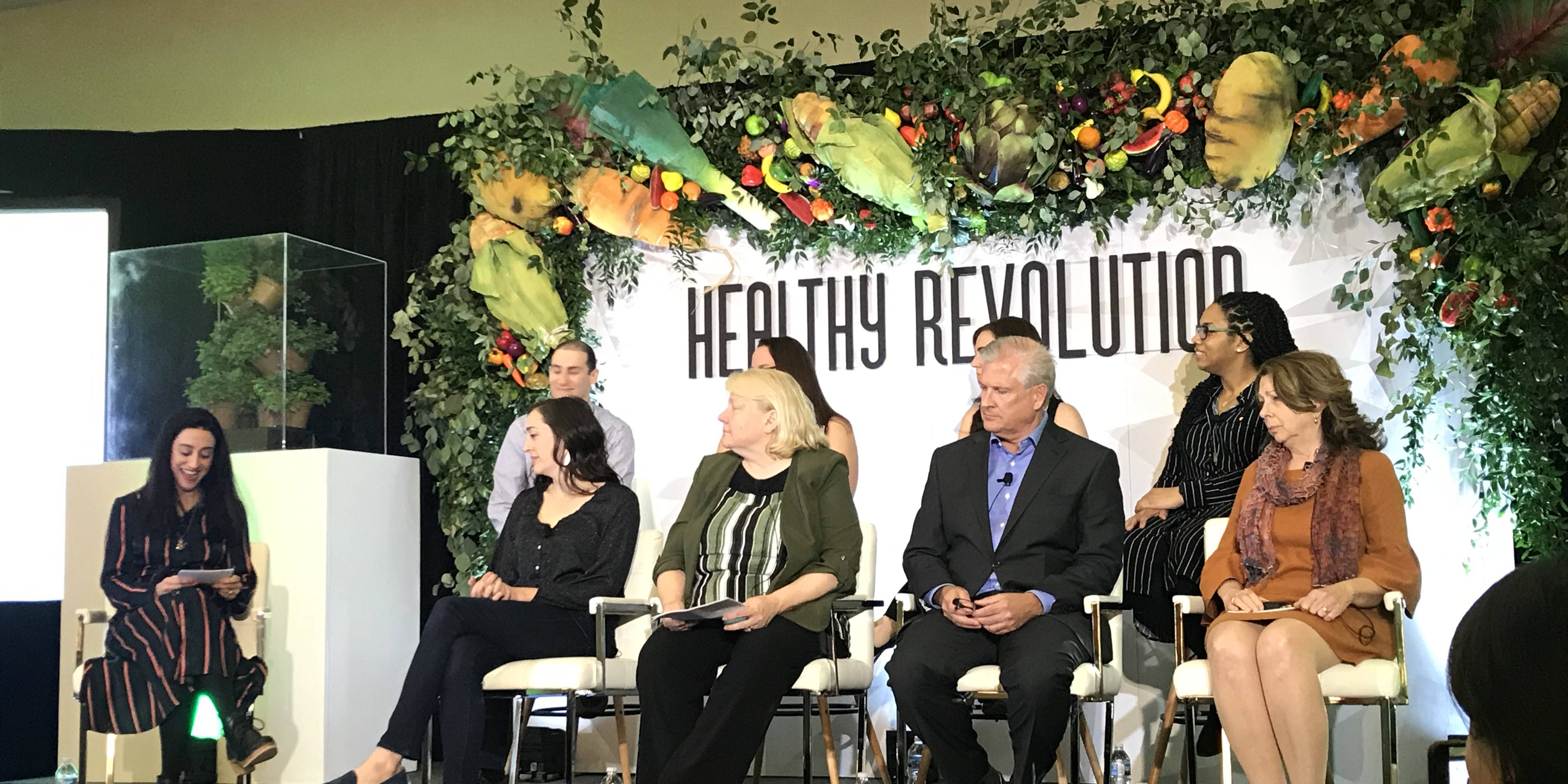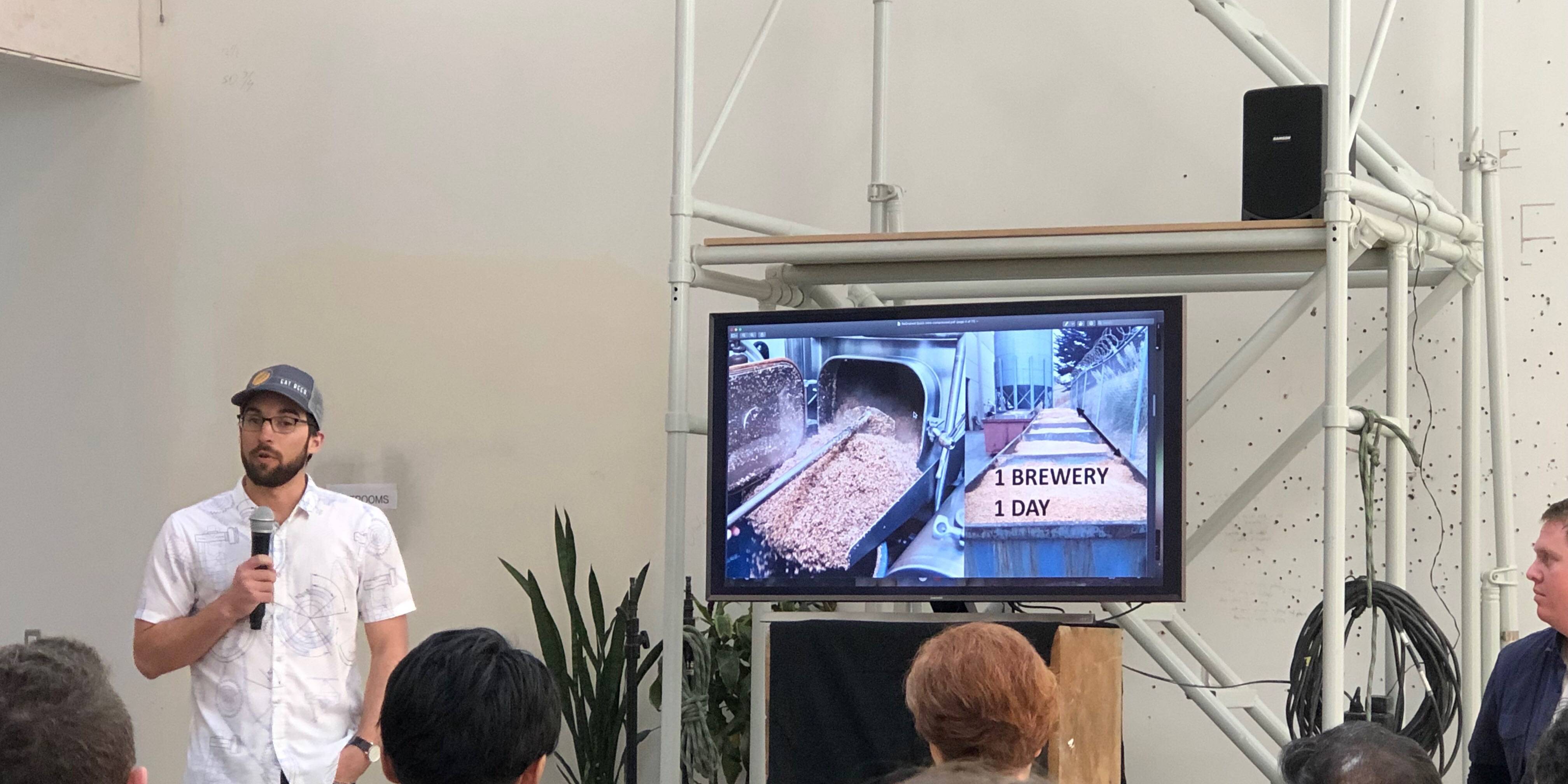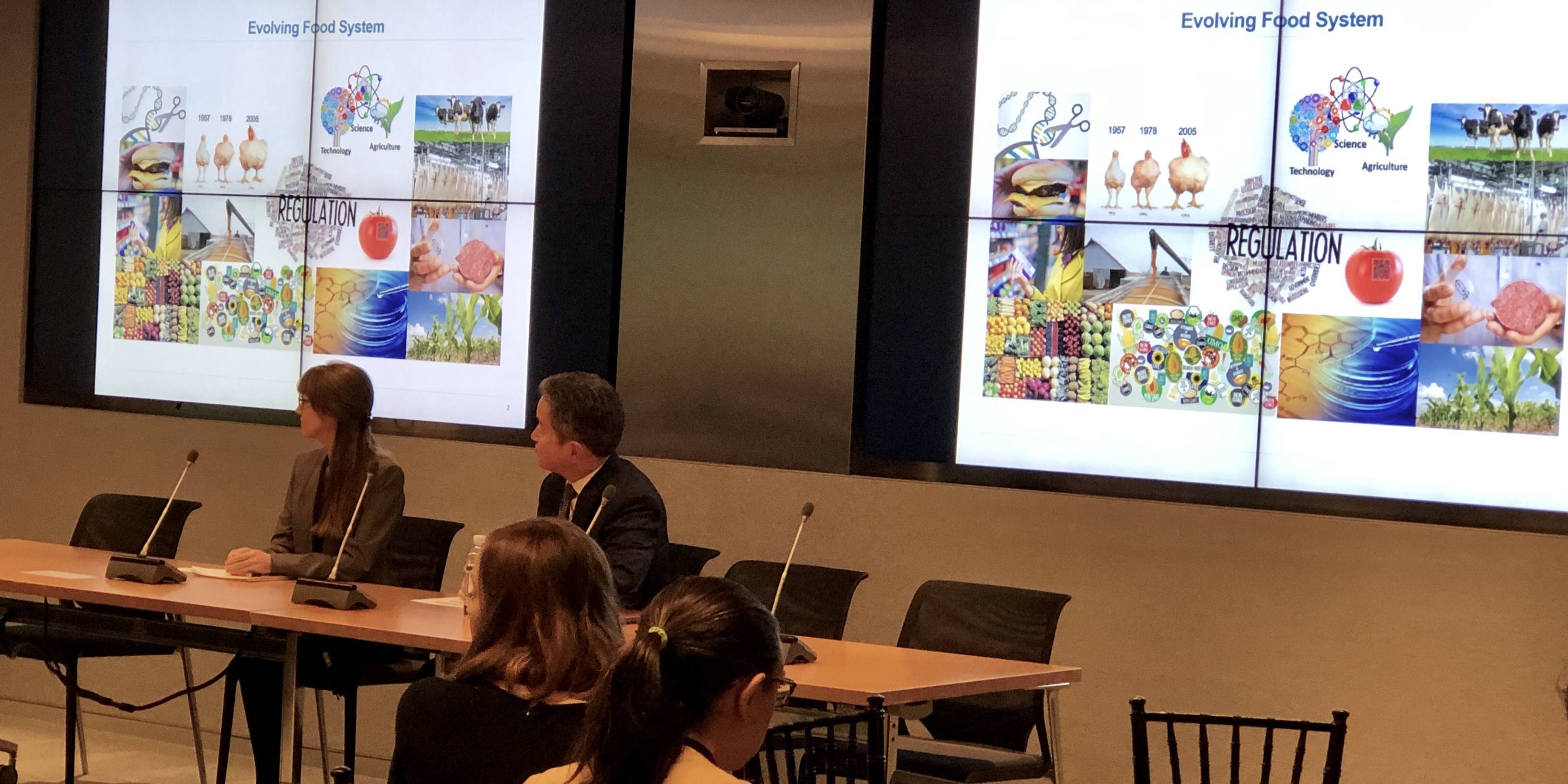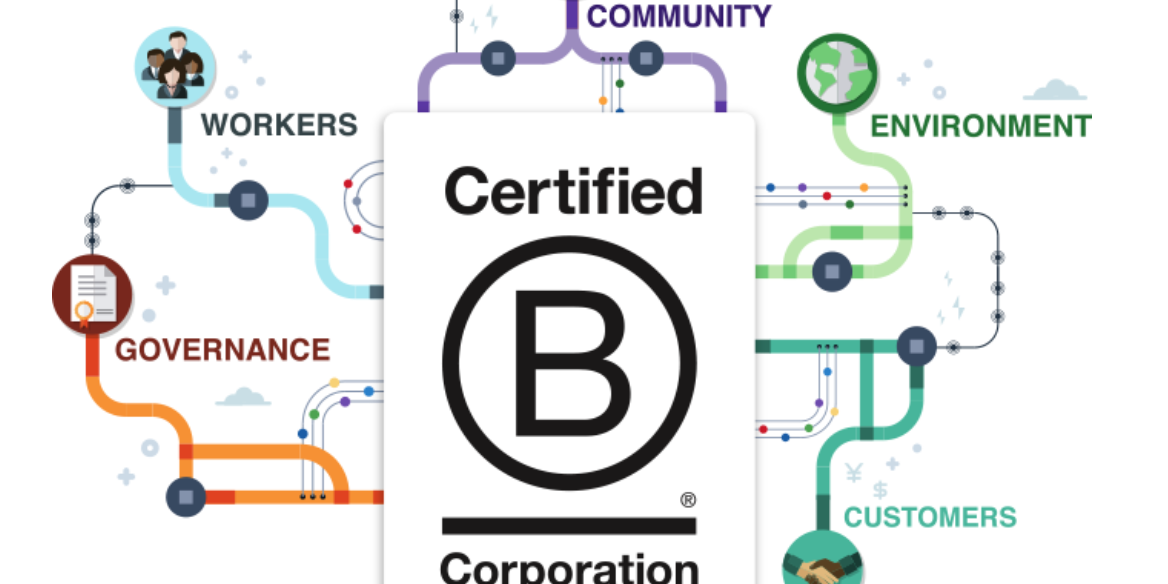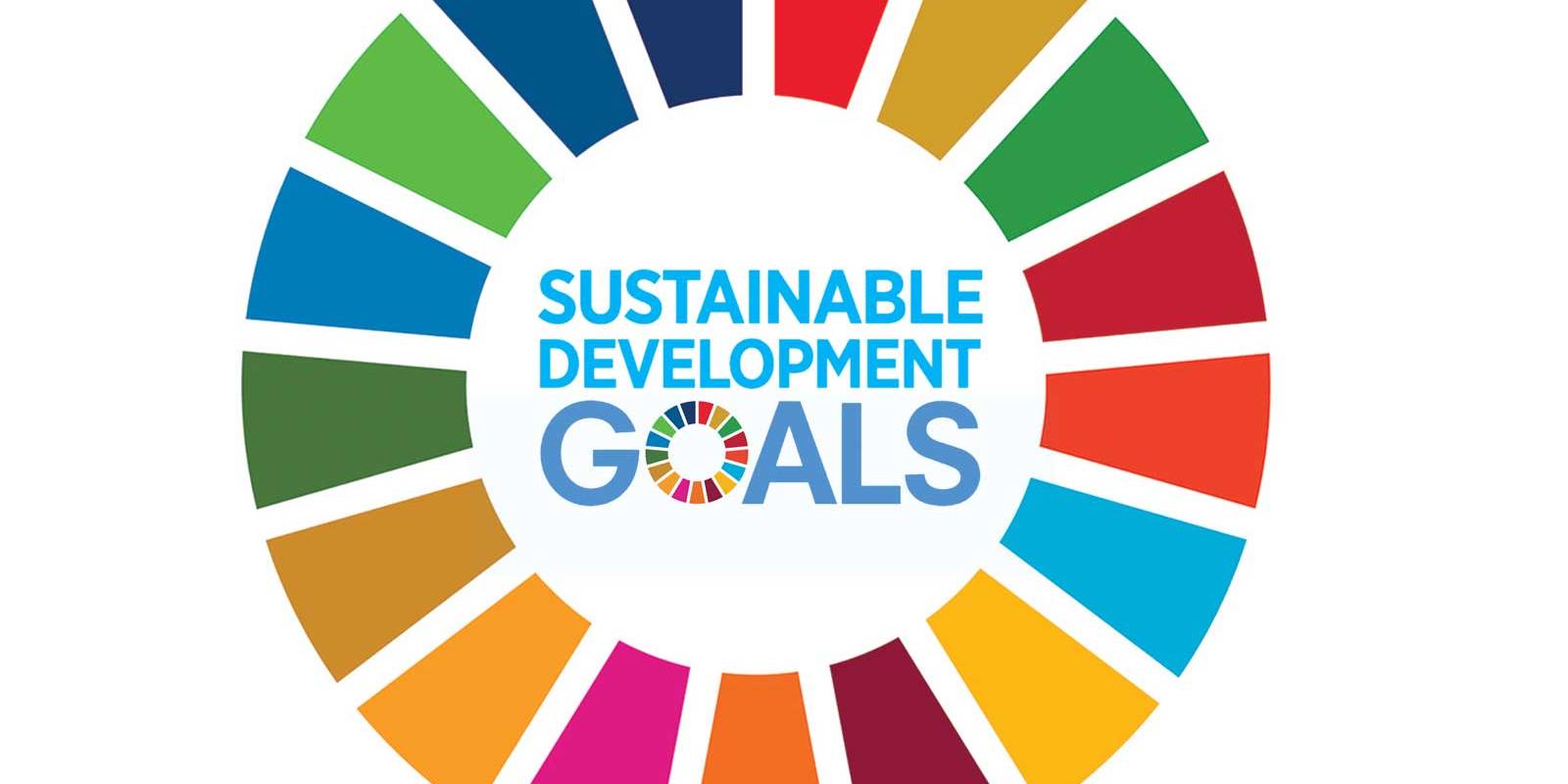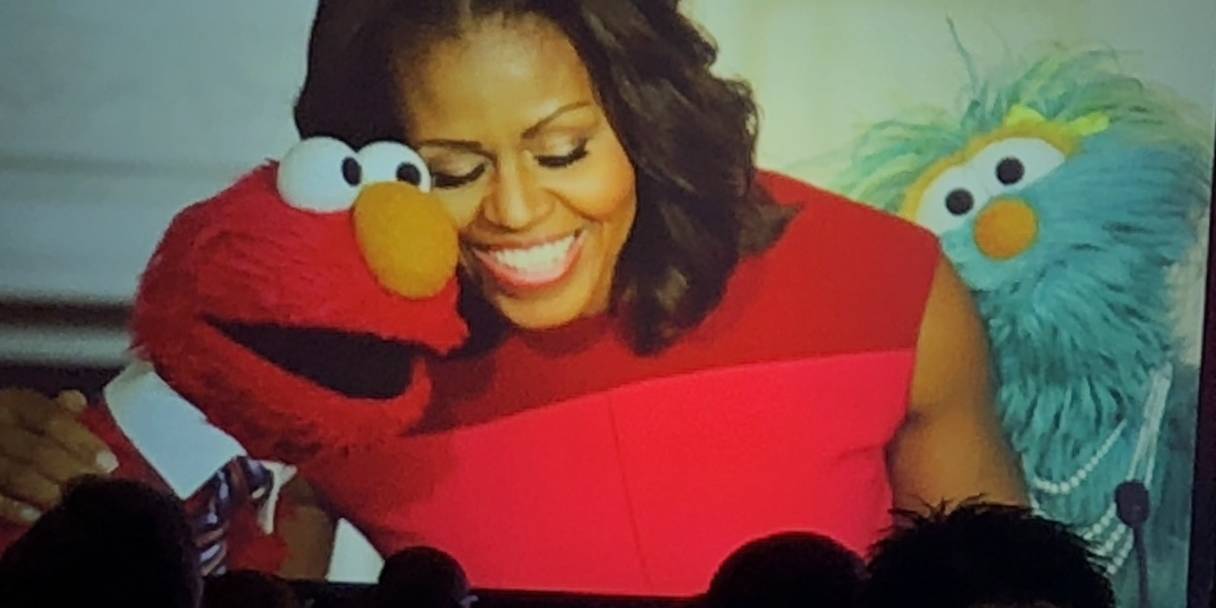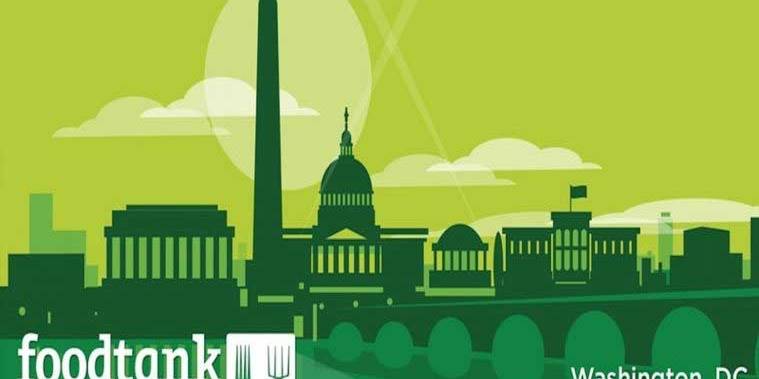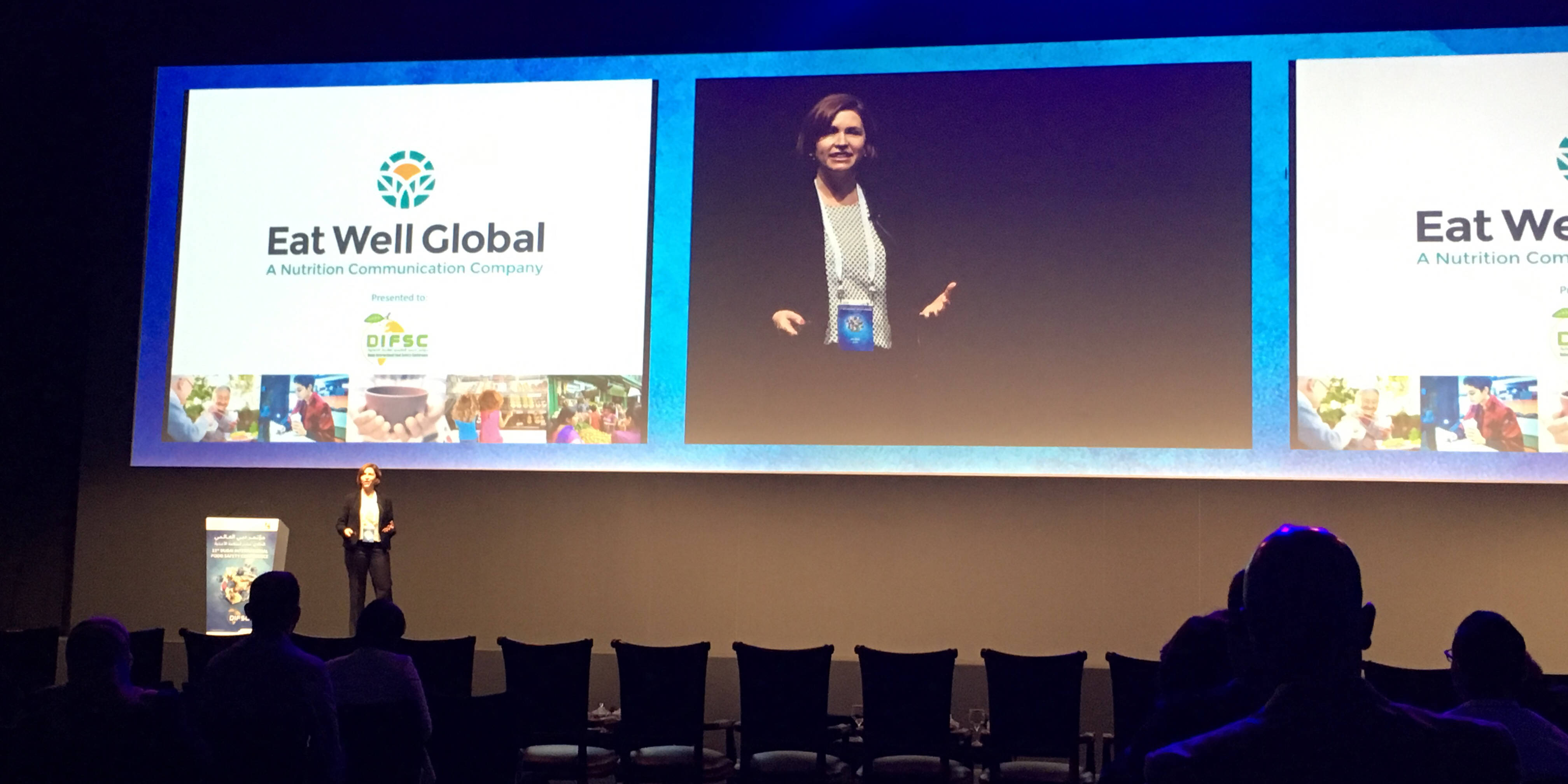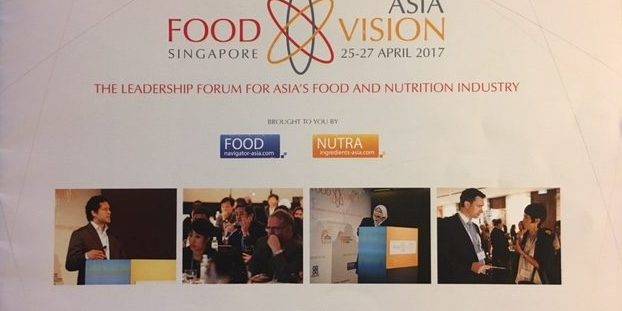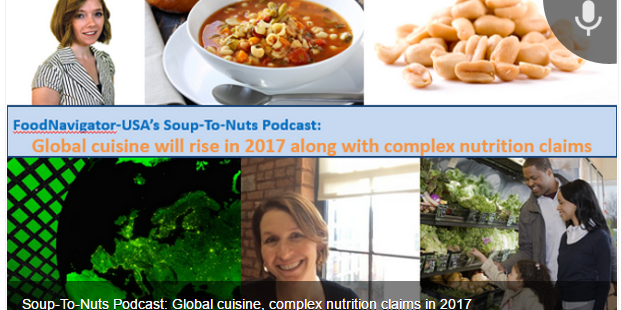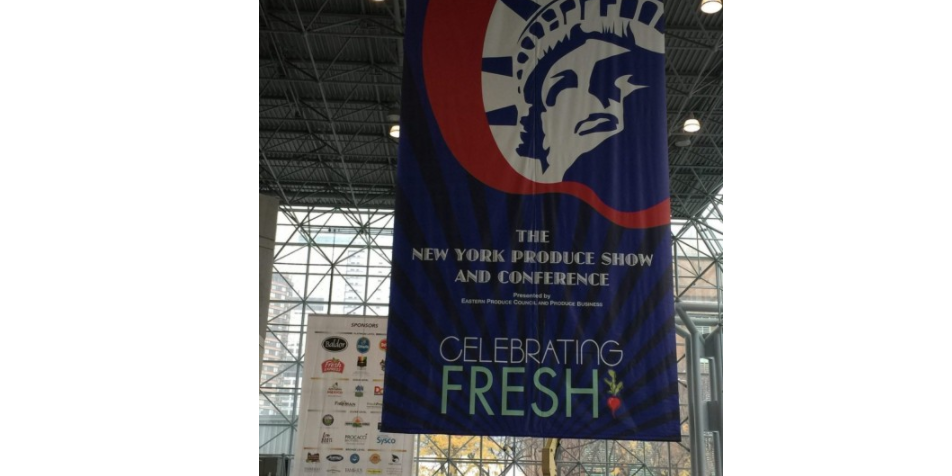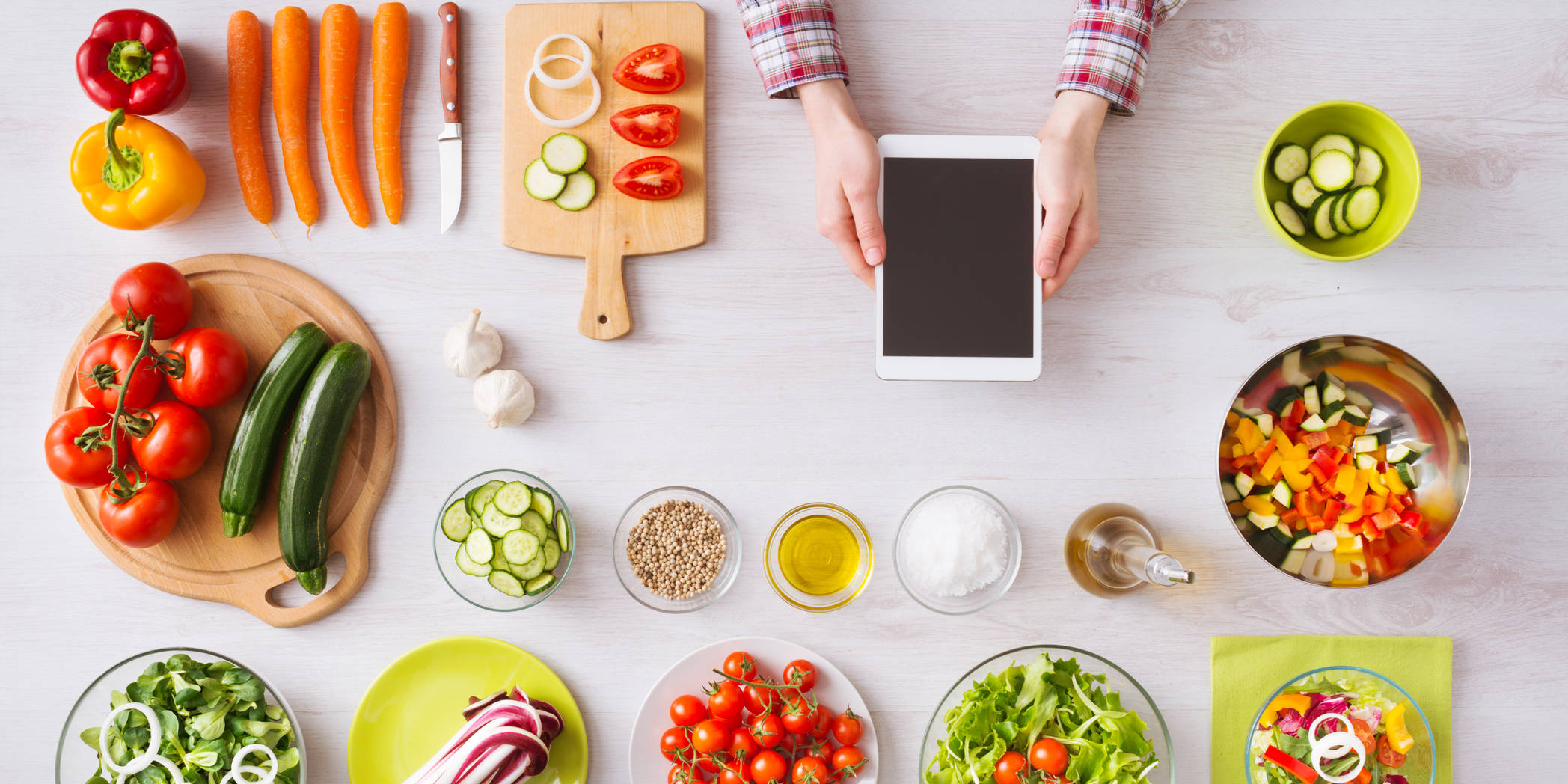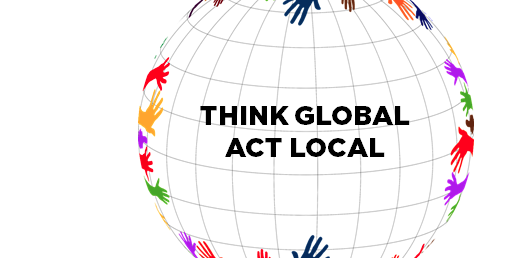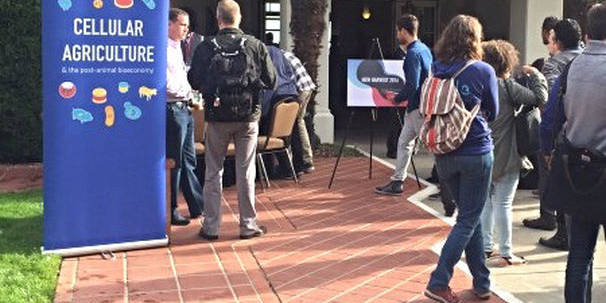The Food and Agriculture Organization of the United Nations estimated that ⅓ of the world’s food was lost or wasted every year. Target 12.3 of the SDGs calls for halving per capita global food waste at retail and consumer levels by 2020 and reducing food losses along with the production and supply chains.
Food loss refers to food that is spilled, spoiled, or loses quality and value during processing in the food supply chain. Meanwhile, food waste refers to food that completes the food supply chain up to a final product, of good quality and fit for consumption. But this food is ultimately discarded and therefore doesn’t get consumed.
We connected with Barbara Bray, MSc, RNutr, MBE, a TEDx speaker and nutrition strategist and Amanda Lownes, MPH, RD of Leanpath to learn more about the environmental impacts of food waste and some solutions to combat it.
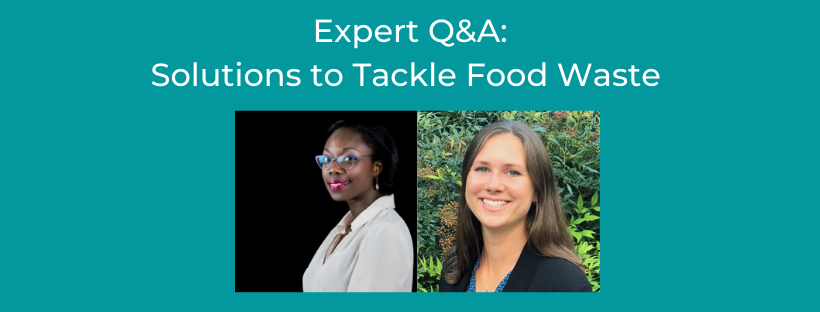
What environmental problems are caused by food waste?
Amanda: When we think about the environmental problems caused by food waste, we need to consider all of the resources that went into growing, transporting, processing, and storing that food, such as water, fuel, land and electricity. If food ends up in a landfill and not in someone’s mouth, we’ve wasted all of the resources that contributed to getting that food on the table. Thirty percent of food is wasted globally across the supply chain, contributing 8 percent of total global greenhouse gas emissions.
When food waste is tossed and sent to landfill, it produces methane gas, a greenhouse gas that is 84x more potent than CO2. While the asparagus stems, bruised apples, and stale loaves of bread decompose relatively quickly in the landfill when compared to something like plastic, food emits harmful methane gas that warms the planet while decomposing. Unfortunately, uneaten food is the single largest component of solid municipal waste.
Food waste’s impact spans beyond environmental problems, too. Food waste exacerbates food insecurity as well as malnutrition and is a costly economic problem.
Barbara: The UNEP Food Waste report 2021 shines a spotlight on food waste as a source of greenhouse gas emission, a burden to waste management systems and a contributor to climate change, nature and biodiversity loss.
How can we track food waste? What are some successful initiatives and/or policies that you’ve seen around the globe?
Amanda: Tracking food waste comes in several forms; it depends on the desired results and scale of operations. A residential home may keep a paper log of the types of food wasted to help prevent overbuying in the future, while a commercial kitchen may use a formalized tracking software, like Leanpath, to track food waste across an organization. When tracking food waste in a commercial setting, you should capture what is wasted, why the item went to waste (spoiled, bought too much, etc.), and where it’s going next (compost, donation, landfill, etc.).
There are a whole host of exciting policies and initiatives around the globe centered around food waste. U.N. Sustainable Development Goal 12.3 calls for cutting per capita global food waste in half, and reducing food losses along production and supply chains, by 2030. The U.S. Foods Loss and Waste 2030 Champions are a group of businesses and organizations that have made a public commitment to reduce food loss and waste in their own U.S. operations by 50% by the year 2030. There are also state and local city initiatives taking place to prevent and divert food waste from landfills.
Whether the initiatives and policies are on a global or local level, prevention starts with understanding the scope of your food waste by tracking it. When you track food waste you gain insights into root causes and are able to make smart changes to prevent the waste going forward.
Barbara: In the UK we have the Courtauld Commitment 2025 which is a voluntary agreement for organisations across the food system to improve the sustainability of food and drink production. Launched in 2015 it commits to cutting carbon and waste associated with food and drink by up to one fifth by 2025 and to reduce water stress. The measurement of food waste is facilitated by another organisation called WRAP (Water & Resources Action Programme), who together with the Institute of Grocery Distribution (IGD) designed a toolkit and roadmap to help business set out their methodology and reporting of food waste.
France introduced legislation banning supermarkets from disposing or destroying food, obliging businesses to donate it or put it in the animal feed system. Italy has also developed legislation to encourage food donation by reducing the administration and legal barriers associated with giving away food and making it cost effective.
How can we combat food waste on an individual level? Institutional level? Etc?
Amanda: Combating food waste should prioritize the prevention of waste first, then focus on feeding hungry people, animals, industrial uses, then composting.
Simple habit changes such as buying and preparing only what is needed, freezing and storing food properly, purchasing imperfect foods (oddly shaped carrots, gently bruised apples, etc.), and incorporating soon to spoil foods in weekly planning can have a huge impact on reducing an individual’s food waste. Paying attention to what is being wasted is an essential strategy, however you choose to track your waste.
Institutions can implement similar waste reduction techniques, regardless of their kitchen size. Institutions can also leverage their influence and audience to lead by example and inspire others to make food waste prevention a key focus in their food service operations. They can set public targets around food waste reduction and work to create a culture of food waste prevention in their kitchens.
Barbara: I was fortunate to join the team that set up the American Chef, Dan Barber’s pop up restaurant WastED in London a few years ago. It was based on the concept of taking materials that couldn’t be processed in food factories such as fish heads, chickpea water, ends and sides of vegetables and using these foods in restaurant meals. It was a great insight into how we could make better use of the whole of an animal and plant rather than wasting it. I think each one of us can take one food and use it better.
Other examples of institutions include the New Jersey Farmers Against Hunger in the USA, who pioneered a gleaning project to take unharvested produce from the field and get it to communities in need. This initiative tackles waste at farm level which is not necessarily captured or discussed. In Denmark, there is a surplus food supermarket WEfood dedicated to selling food that would otherwise have been wasted to packaging damage, expired best before dates or cosmetic defects. The food in these shops is 30-40% cheaper than in regular supermarkets. This is a concept that could be replicated in other countries and is more inclusive than food banks.
Related News
June 30, 2025
Health-Conscious Consumer Segmentation Report
Get actionable insights to meaningfully engage today’s diverse health-conscious consumers — and better align your brand’s communication and…
January 25, 2021
Eat Well Connect Voices: Tessa Nguyen
In this latest installment of our Eat Well Connect Voices Q&A, Tessa Nguyen, RD, LDN, of Taste Nutrition Consulting shared her thoughts on what…
November 27, 2020
The Conference Discussing the Future of Food, Drink and Nutrition Goes Virtual
This October, Food Matters Live held its first virtual conference. The conference focused on identifying opportunities in a changing consumer-driven…
November 19, 2020
Partner Highlights: Global Alliance for Improved Nutrition
In the global fight against hunger and malnutrition, few organizations are as impactful as the Global Alliance for Improved Nutrition (GAIN). Since…
November 18, 2020
Eat Well Connect Voices: EatWell Exchange
In this latest Eat Well Connect Voices Q&A, Ashley Carter, RD, LDN and Jasmine Westbrooks, MS, RD, LDN of EatWell Exchange Inc. share their…
October 12, 2020
Next Normal: Optimal Nutrition for a Pandemic Reality
The COVID-19 pandemic has had a profound impact on us all, and the food, nutrition and healthcare industries are no exception. While nutrition…
October 1, 2020
Maintaining Sustainability Commitments While Protecting Profits
Earlier this month, I had the opportunity to present at the 2020 Vitafoods Europe Virtual Expo and discuss how consumer packaged goods companies can…
September 20, 2020
Eat Well Connect Voices: Shahzadi Devje, RD
We're thrilled to connect with Eat Well Connect (EWC) member Shahzadi Devje, RD as she shares her thoughts on using nutrition communication as a tool…
June 29, 2020
Nutrition Communication in the Time of COVID
According to a recent survey conducted by the International Food Information Council (IFIC), consumers consider health professionals and registered…
June 4, 2020
Impactful Communication: Meaningful Messages to Inspire Change
Do you want to be more impactful in your work as a dietitian or nutrition professional? Learning to effectively build a message and communicate it to…
May 19, 2020
Putting Nutrition to Work: Acting on Our Vision that Good Nutrition is Good Business
Workforce nutrition programs offer benefits for employees as well as businesses, such as reduced absenteeism, increased productivity and improved…
September 18, 2019
Exploring the Ongoing Evolution of Food, Sustainability and Nutrition at The Future of Food Summit
As Eat Well Global further establishes its unique position empowering global change agents in our field, we actively seek more perspectives and…
August 7, 2019
Climate, Culture & Economics: Expanding our Nutrition Perspective at the Asian Congress of Nutrition
Hosted by the Federation of Asian Nutrition Societies (FANS) every four years, the Asian Congress of Nutrition is Asia’s prime convening of food and…
June 23, 2019
Marrying Medicine and Nutrition: Health Meets Food Conference
Hosted by the Tulane University School of Medicine, Health Meets Food’s 6th annual Culinary Medicine conference brought together primarily physicians…
April 25, 2019
The Power of Pairing, Partnerships and Produce at PBH Consumer Connection Summit
Launching a fresh new campaign, “Have a Plant”, PBH connected consumers’ increasing interest with adding more plants to their diet to their ongoing…
April 15, 2019
Accelerating Healthier Futures Together
Over the years, we’ve seen Partnership for a Healthier America (PHA) embark on new initiatives, bringing along their star-studded friends to amplify…
April 8, 2019
The 2nd Annual Culinary Nutrition Conference
Chefs and nutrition professionals came together for the 2nd Annual Culinary Nutrition Conference this month at the Institute of Culinary Education…
April 3, 2019
Internet of Food Brought to Life at IC-Foods 2019
When the concept of the “Internet of Food” comes up, people often ask, “don’t we already have an internet? And can’t you find food there?” The…
March 22, 2019
The Chicago Council on Global Affairs: Global Food Security Symposium 2019
For the past 10 years, The Chicago Council on Global Affairs has been convening key stakeholders from the public, private and NGO sectors at their…
February 28, 2019
The Evolving Regulatory and Marketing Landscape of Lab-Grown Meat
Cell-cultured meat, also known as lab-grown meat or clean meat, is generated through a complex process using cells from healthy animals and combining…
December 20, 2018
Eat Well Global Proudly Announces B Corp Certification
We are excited to announce Eat Well Global is now officially B CorpTM certified!
December 12, 2018
PRESS RELEASE: Eat Well Global Joins Corporate Leaders in Social Responsibility with Recent B Corporation® Certification
Certified B Corporations® include businesses that voluntarily meet the highest standards of social and environmental performance, public…
November 7, 2018
PRESS RELEASE: Healthy Marketing Team and Eat Well Global join forces to help industry address rapidly changing consumer nutrition market in North America
The international brand strategy and nutrition innovation agency, Healthy Marketing Team (HMT), announce their cooperation with Eat Well Global, Inc…
October 25, 2018
Eat Well Global Brings Nutrition Communication to the Forefront at EFAD 2018
Eat Well Global participated in the 40th Anniversary European Federation of the Associations of Dietitians conference in Rotterdam, the Netherlands.…
September 6, 2018
“Nutrition is Everyone’s Business”: Insights from the SDG Conference – Partnerships are Critical to Ending Hunger
This August, Eat Well Global attended the SDG-Conference ‘Towards Zero Hunger: Partnerships for Impact’ at Wageningen University & Research in the…
August 20, 2018
Communicating to Influence at EFAD Conference 2018
For dietitians, the ability to communicate effectively is an essential skill. Whether working in a hospital, school, food company or even your own…
May 11, 2018
Partnership for a Healthier America Summit Brings 360 Degree View of Better Health
The 2018 PHA Summit brought together diverse stakeholders to support their mission: make the healthy choice, the easy choice.
March 14, 2018
Food Tank 2018 Highlights Need for Farmer Support
At the recent Food Tank Summit in Washington, D.C., farmers, senators, members of Congress, nonprofit and business leaders, media, and young…
November 22, 2017
Dubai International Food Safety Conference Brings Big Data to the Plate
Technology and food safety were the name of the game at the 11th Annual Dubai International Food Safety Conference, which took place November 19-21,…
June 15, 2017
Harvesting Insights from the Next Generation of Food Security Innovators: Thought For Food Global Summit 2017
Have you ever heard of choco-panda ice cream? Me neither. How about a superhero on a mission to teach kids about nutrition and food security? If…
May 9, 2017
Eat Well Global on Influencer Trust at Food Vision Asia
It is no news: achieving a healthy lifestyle is top of mind for millions of people around the globe and social media plays a big role in driving…
March 17, 2017
Eat Well Global Talks Authenticity in Food Navigator Interview
With an apparent rise in distrust of science and facts coupled with an increase in social media marketing, there has been a shift in consumer…
March 14, 2017
Eat Well Global at Food Vision in London!
Trend makers, marketing and communication specialists and industry leaders gathered at the Food Vision event in London, from 1-3 March. Among the…
January 26, 2017
Eat Well Global addresses health influencers & brand power in Food Navigator article
In times where consumer demand for transparency and authenticity intersect with fast pace influencer marketing, reaching consumers through trusted…
January 17, 2017
Eat Well Global talks 2017 global food trends on Food Navigator-USA’s Podcast
To kick off 2017, Julie Meyer, co-founder of Eat Well Global and GA4HNC, participated in two episodes of Food Navigator-USA's Soup-to-Nuts-Podcast.
January 2, 2017
Convenient, Committed and Cool: 2016 NY Produce Show Review
Today's consumer seeks more from their produce and industry is delivering
December 20, 2016
The American Public’s Opinion on Food Science
A recent survey by the Pew Research Center asked Americans about their opinions regarding the science behind food and health recommendations and…
December 12, 2016
What Americans Think About Healthy Eating
With impending changes in the political climate, many people have been asking what this means for the future of food policy.
November 22, 2016
Food Vision USA: Innovation, Disruption and What’s Next
Leaders from start-ups to trend makers to innovative disruptors share their thoughts on the big question: what's next?
November 14, 2016
Want people to eat more fruits and vegetables? Inspire them.
As a nutritionist, I love this statement. As a communicator, I couldn’t agree more.
October 5, 2016
ICD 2016: How Dietitians Can Impact Sustainable Eating
What role can (and should) dietitians play in the sustainability dialogue? We went to Granada to find out!
August 17, 2016
The Future Is Now: New Harvest 2016
Several hundred (309 to be specific) researchers, entrepreneurs, visionaries, futurists and interested parties gathered under sunny skies in San…
